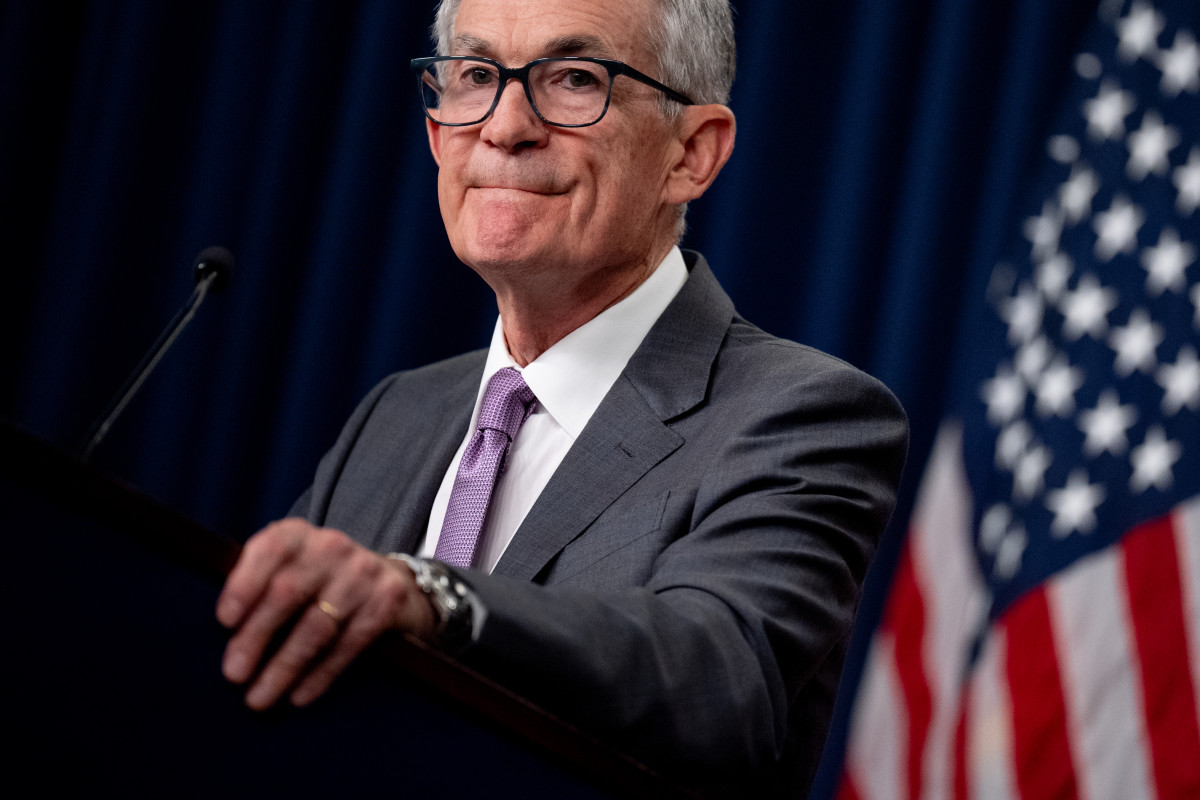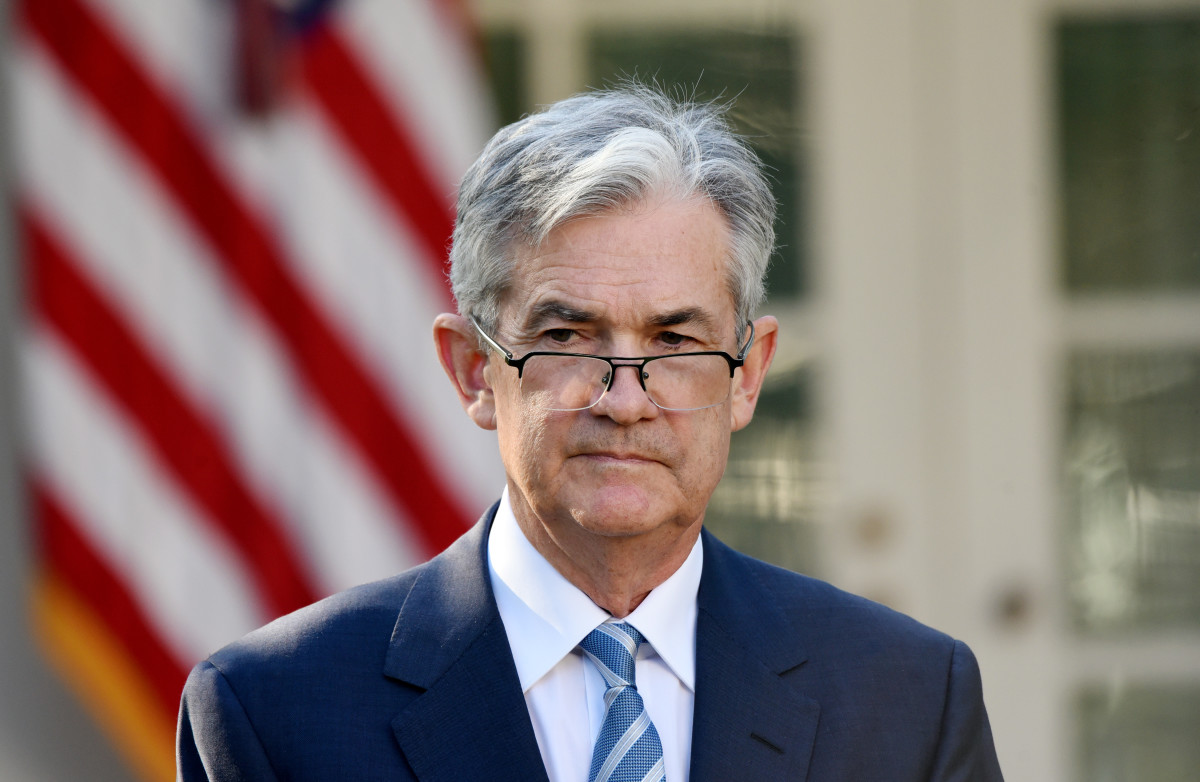
The Federal Reserve faces a starkly different outlook for growth and inflation now that former President Donald Trump has secured his return to the White House, only this time with the likely support of both houses of Congress for his tax, spending, and tariff plans.
The Fed, which kicks off its two-day policy meeting later today in Washington, has committed to lowering the cost of borrowing through its benchmark Fed Funds Rate now that inflation pressures have peaked and the job market is showing signs of weakness heading into the year's final months.
💸💰 Don't miss the move: Subscribe to TheStreet's free daily newsletter 💰💸
Following the Fed's outsized half-point rate cut in September, the first in more than a year, investors have effectively locked in the odds of a quarter-point reduction on Thursday, a move that would lower the Federal Funds Rate to between 4.25% and 4.5%.
However, traders are also paring bets on what the Fed might do at its final meeting in December, when it will publish fresh growth and inflation forecasts that will have to be, at least in part, influenced by Republican policies in the upcoming 119th Congress.
The CME Group's FedWatch tool now suggests a 68.7% chance of a December rate cut, down from 80% last month, and is pricing in a slower pace of reductions in the first quarter of 2025.

Olivier Douliery/Bloomberg via Getty Images
Trump has vowed to impose significant tariffs on imported goods as part of his overall economic agenda. He insists this strategy will add billions in revenue for the Treasury while offsetting the impact of the raft of tax cuts he promised during the campaign.
He's also pledged to bring in Elon Musk as part of an as-yet-undefined "efficiency commission" that the Tesla CEO says could carve as much as $2 trillion from the next federal budget.
New inflation concerns
The collective impact of those policies, of course, is likely to have significant implications for U.S. growth prospects. They'll likely stoke inflation pressures in the world's biggest economy.
That concern is definitely being played out in the bond market, where benchmark 10-year Treasury note yields hit the highest levels since early July and last traded at 4.45% following Tuesday's vote.
The U.S. dollar index, meanwhile, was marked 1.4% higher against a basket of its global peers to trade at a fresh four-month peak of 104.847.
Samuel Tombs, chief U.S. economist at Pantheon Macroeconomics, says that even a modest 10% tariff on imports would likely boost the Fed's preferred inflation gauge, the core PCE price index, by around 0.8 percentage point.
Related: Betting on interest rate cuts will be trickier in 2025
The tariff plan could also hold down gains for U.S. manufacturers, as a result of retaliatory levies from other countries, while adding downward pressure to the inflation-adjusted after-tax incomes of American households.
"In the past, the Fed has looked through adverse supply shocks, but with core PCE inflation now unlikely to return to the 2% target and households’ medium-term inflation expectations still above target-consistent rates, it will have to change course this time," Tombs argued.
"That said, October’s jobs report shows that the trend in payroll growth has continued to weaken, and much of the Trump agenda, including migration curbs, threaten to depress trend GDP growth and reduce the medium-term neutral interest rate."
Don't forget the debt
That puts the Fed in a very difficult spot: fighting the impact of suddenly rising inflation while attempting to ensure that the second side of its dual mandate, full employment, is challenged by weakening growth.
"The economic impact of this new Trump presidency is likely to be volatile," said Lindsay James, investment strategist at Quilter Investors in London.
Related: Legendary hedge fund manager sounds alarm on US debt (Here's why he's wrong)
"While he, and others that surround him such as Elon Musk, want to cut the size of the state, public spending is likely to remain very high and taxes kept low," she added. "Many of his measures will be inflationary and likely to lead to a rise in bond yields, putting pressure on the Fed in its quest to bring interest rates down."
More Economic Analysis:
- Jobs report shocker puts Fed interest-rate cut in play
- Fed inflation report renews pressures, tests interest rate bets
- Fed interest rate decision and election may roil stocks
Bryce Doty, senior vice president and portfolio manager at Sit Investments, thinks there is a third reason that bond markets are reacting to the decisive Trump win, and how that could complicate the Fed's overall task.
Current projections suggest the national debt will top a record $36 trillion in the coming weeks, a move that marks a near $10 trillion rise over the past four years.
"The rising national debt puts the Fed in a pickle," he said. "Should they bring down interest rates to save the country money or keep rates higher than usual to try and offset the inflationary impact from massive government spending?"
"I expect Fed policy to try and find a middle ground and only cut a quarter point both at the meeting this week as well as when they meet in December," he added.
Related: Veteran fund manager sees world of pain coming for stocks







